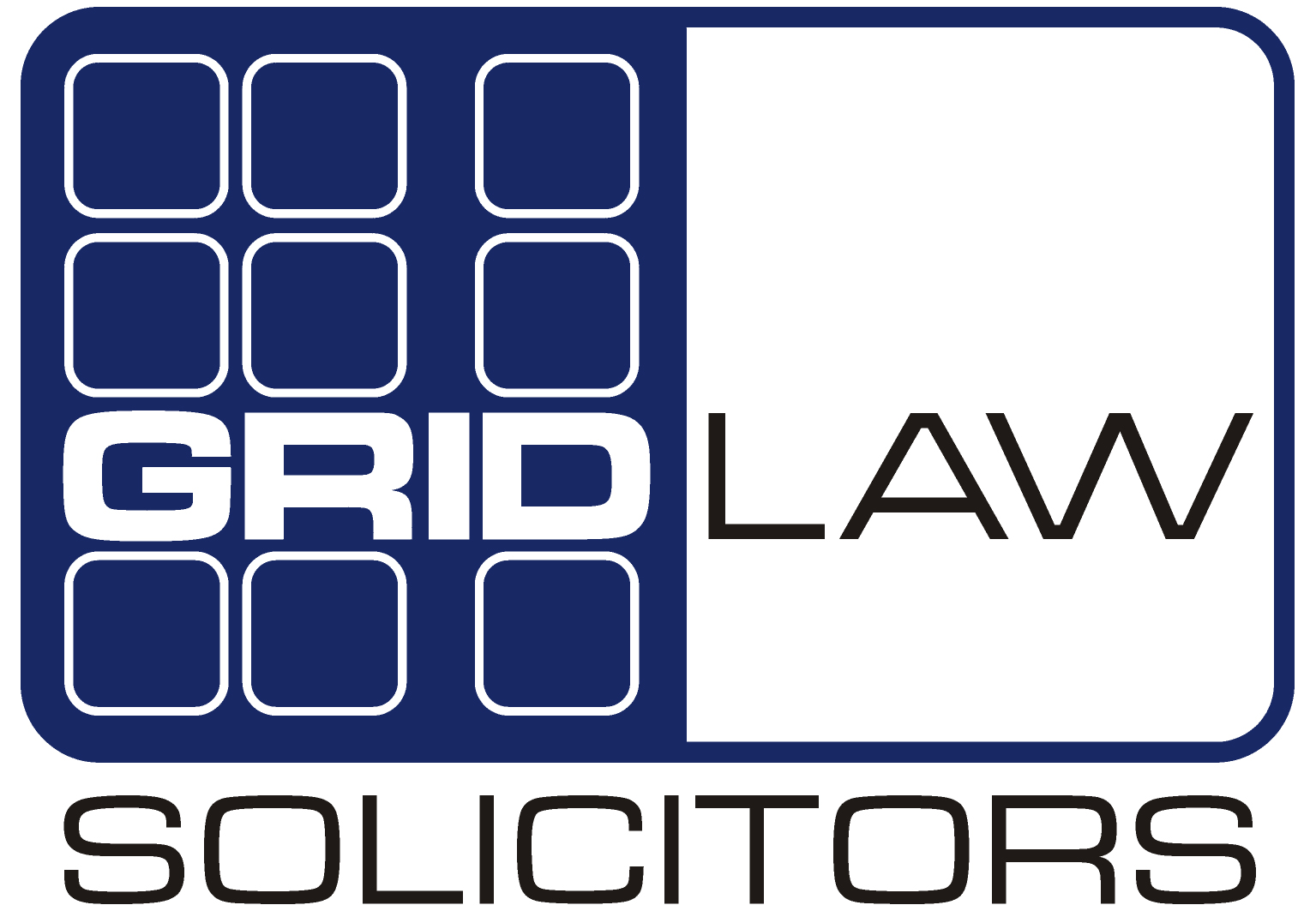
What is a trade mark and what do they do?
A trade mark is a legal right that protects your brand. It’s one of a range of intellectual property rights along with patents, copyright and registered designs.
Often, people use the names of the different intellectual property rights interchangeably. For example, sometimes they will say that they want to copyright their logo or patent their business name, and whilst this isn’t actually correct, generally we know what they mean.
However, each form of intellectual property actually protects something different so ideally, the correct names should always be used. For more information about the different types of intellectual property and what they are used for, please read this article on Intellectual Property Essentials.
Now, back to trade marks and what they do.
Think about your brand as a badge of origin. When someone sees your brand name or logo, they should think of you and what you stand for. So, the last thing you want is for someone to steal that identity.
It could be very damaging for your business if someone else was to sell their products and services using your branding, or for them to set up fake social media profiles and imitate you online.
When you have a registered trade mark, you can stop this. The law gives you the exclusive right to use it in relation to the products and services you have registered it for.
What are the benefits of registering a trade mark?
As you can see, having the exclusive right to use your trade mark for certain products and services and being able to clamp down on infringers are huge benefits for your business. But, they’re not the only reasons to register a trade mark.
There are other benefits too.
For example, not all brands are registerable because they need to comply with the strict requirements for being a trade mark. So, if you want to protect your brand, you may need to make changes to it. Therefore, by working through the process of registering a trade mark and ensuring it fulfils the criteria, you can actually improve the strength of your brand.
Working through the registration process can also reduce the risk of you being sued for infringing someone else’s trade mark.
This is because anyone with a pre-existing trade mark can stop you from using a brand that is the same or is confusingly similar to theirs.
You may have been completely unaware of this other business or that they had a registered trade mark, but this is no excuse. If you were to use it, even innocently, and got caught, they could have a claim against you for trade mark infringement.
If they were successful in their claim (which they likely would be because of the exclusive rights they have) they could force you to rebrand. Also they could potentially claim compensation from you for their losses or any profits you have made selling your products or services under that particular brand.
By carrying out the pre-application searches, you will find these trade marks and can then make changes to your branding, on your terms, to avoid a dispute later.
For more information about conflicting brands and how a small business can be forced to rebrand, please see my case study on the Nando’s v Fernando’s dispute.
Also, by registering a trade mark you’re creating a valuable asset for your business.
We all know the power of a brand and how you can often charge higher prices for a branded product that, in reality, is not that different to the competition. (Just think about how much you pay for a Starbucks coffee compared to a non-branded coffee from your local take away).
This brand power makes trade marks valuable in their own right, but they can also be used to generate other revenue streams for your business. For example, you can licence them out (effectively giving someone else permission to use them) and in exchange, the licensee will pay you a fee for that right.
If you have a strong brand and a business model that can be replicated, you could create a franchise business. This means that you are giving someone the right to run their own business using your brand and business model and for this privilege, they pay you a fee and a percentage of their profits.
For the right business, franchising is an excellent way of expanding their operations.
What happens if you don’t register a trade mark?
As much as there are clear benefits to registering a trade mark, it’s not compulsory to do so and many entrepreneurs and business owners choose not to.
Sometimes there are good reasons for this. For example, they may not have finalised their branding so don’t want to register it yet because trade marks are set in stone. Once registered, you can’t amend them so if your branding changes, a new trade mark has to be applied for. (For more information about the best time to register a trade mark, please click here to read my article on brand protection strategies for small businesses.)
Alternatively, they may consciously decide that a descriptive name works better for their particular products and services which means they can’t register it.
Other times, they simply don’t get around to it, thinking that the risks of infringement are low.
In the past, copycat branding being applied to products was the most common form of trade mark infringement. The risks of this were relatively low as it took a great deal of time, effort and money for someone to copy your branding and apply it to their own packaging.
Now, trade mark infringement can be quick and easy and costs the infringer almost nothing.
For example, all it takes is a few clicks and your competitor can set up a fake social media profile to impersonate you online. Or, they can include your brand name in the meta data on their website or as a key word in their pay-per-click advertising in a further attempt to attract your clients and potential clients away from you and to their own business.
Any infringement can be very damaging to your hard-earned reputation and cost you significant amounts of money in lost sales.
You can still take legal action against these infringers without having a trade mark, but it’s much harder, more time consuming and consequently, will cost you more in legal fees.
This is because when you have a registered trade mark you only have to prove that someone is using your branding without your permission, which is relatively straight forward.
When you don’t have a registered trade mark you first have to prove you have a strong reputation for your brand (which can be almost impossible for a start-up business). Then, you have to establish that your customers were confused as to who they were buying from. You will need evidence that someone bought the infringing product thinking it was yours.
Obtaining this evidence (if you can) can be very difficult. Your customers may be very reluctant to get involved in a court battle and appear as witnesses in a dispute that they are not interested in and does not benefit them.
Another benefit of having a registered trade mark compared to an unregistered trade mark is that the social media platforms will take your complaints more seriously. If you report a fake social media profile being set up, they will be much more likely to suspend and delete the fake account if you can prove you own the brand and it is protected as a trade mark.
Without a registered trade mark, they may just ignore your requests.
How long do trade marks last?
As you can see, there are clear benefits to registering a trade mark so if you can protect your brand in this way, I recommend you do.
However, you can’t just register the trade mark and then forget about it. If you do, you could end up losing the rights you have.
There are several reasons for this.
Trade mark protection doesn’t last indefinitely. It lasts for 10 years and then your registration must be renewed. But, you can keep renewing your trade mark for further 10-year periods for as long as you need it.
This renewal doesn’t happen automatically so you need to be careful that you don’t lose your rights by allowing your registration to lapse.
The Intellectual Property Office (IPO) will usually remind you that your registration is coming up for renewal, but don’t leave this to them.
Over the course of 10 years, you could change your contact details and forget to update the IPO. So, even with the best will in the world, the IPO may not be able to contact you with the details they have on record.
You therefore need to have a proper reminder system in place so you don’t forget and then miss a renewal deadline.
However, being able to renew your trade marks does come with a big caveat – that is, you must be using them for the goods and services you registered them for.
Remember, trade marks give you exclusivity so this is a powerful and valuable right to have. When you make your application you make a declaration that you are actually using the brand for the goods and services you are applying for, or you have a genuine intention of doing so.
If you don’t use your trade mark for all the goods and services you have registered it for, for 5 years or more, there’s a risk that the trade mark could be cancelled for non-use. This happened to McDonald’s recently when they lost the rights to one of their “Big Mac” trade marks. To see how this happened, please click here to read my Supermac’s v McDonald’s case study.
Another way you can lose your rights is if you don’t take action against infringers or you allow other people to register trade marks that are the same or confusingly similar to yours.
This means that after registration, you must actively police your brand and then take action against anyone who may be using your trade mark without your permission. (But don’t worry, this isn’t as hard as you may think and I explain more about this in another blog on protecting your trade marks after registration.)
Final thoughts
So, as we have seen, trade marks are valuable assets for all businesses. It’s not compulsory to protect your brand in this way, but the benefits of doing so clearly outweigh the risks of not doing so.
If this article has piqued your interest in trade marks and you would like to know more, please feel free to get in touch.
Alternatively, you may want to take a look at my Brand Protection Toolkit which enables you to protect your brand and register a trade mark without incurring any legal fees. It is available for immediate download by clicking here.

